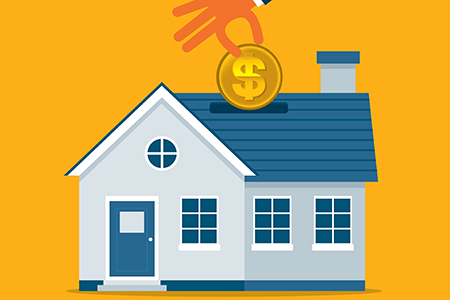A HELOC rebound is underway, according to a recently released Experian white paper. The rise in home equity lines of credit, commonly referred to as HELOCs, affects consumers and lenders positively, with consumers making payments on time and being responsible with their financial debts. Even with this positive outlook, consumers and lenders still should proceed somewhat cautiously, as $236 billion in HELOC debt originated between 2005 and 2008 is now nearing repayment.
Given that a significant number of these HELOCs are reaching the end of their borrowing period and approaching repayment, Experian is looking at how consumers are managing these payments and what those spikes and trends mean.
“During the housing boom, home equity lending was heating up, but lenders pulled back significantly as home prices began to fall,” says Michele Raneri, vice president of analytics and new business development. “What we’re seeing now is that home values have recovered, but the end of draw is still a factor that needs to be considered when it comes to consumer and lending behavior.”
The study focuses on the HELOC trends that can affect the lending ecosystem moving forward. Findings include:
- $29 billion in HELOC debt originated between 2005 and 2008 has been paid down over the past 12 months, as many of these lines of credit are in or are approaching their repayment period.
- As of Q4 2015, originations were up 111 percent, to $43.03 billion from $20.44 billion in the same quarter in 2010.
- Delinquencies associated with HELOCs have decreased to near pre-recession levels; in Q4 2015, 0.49 percent of consumers with an open HELOC were 90 to180 days past due.
- Consumers with a HELOC in repayment were more likely to both close and open other HELOCs in the next 12 months. They also were more likely to open or close a mortgage in the next 12 months.
The study further evaluated what could happen to these loans and other loan products. It found that consumers coming to the end of draw on their HELOC are more likely to become delinquent—not just on the HELOC, but also on other types of debt such as mortgage, auto loan, auto lease and bankcard trades—as the increase in repayment burden could mean higher monthly payments.
“Many consumers have dealt with repayment well, while others may experience payment shock,” continues Raneri. “The best path forward in this situation is for consumers to fully understand this potential payment stress, use resources available to them and to work closely with their lender to navigate these changes. If consumers have good credit and equity in their homes, they most likely can refinance their HELOC.”
Additional insights and information are available in the white paper.










